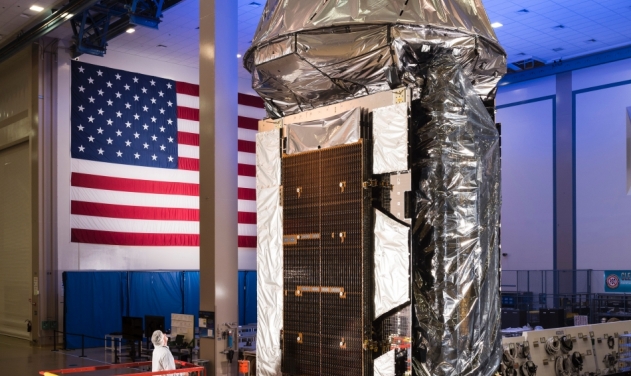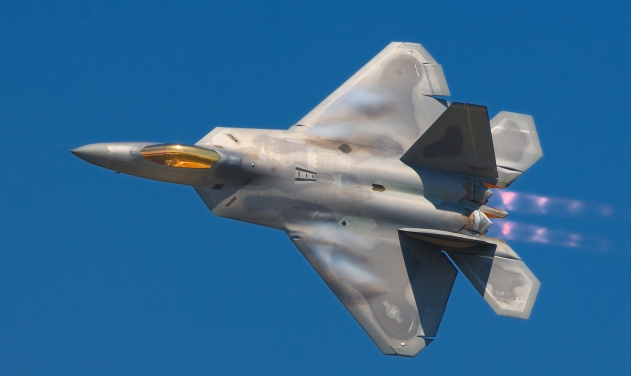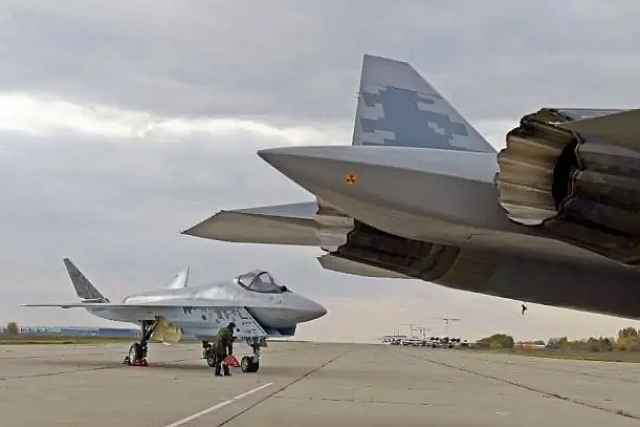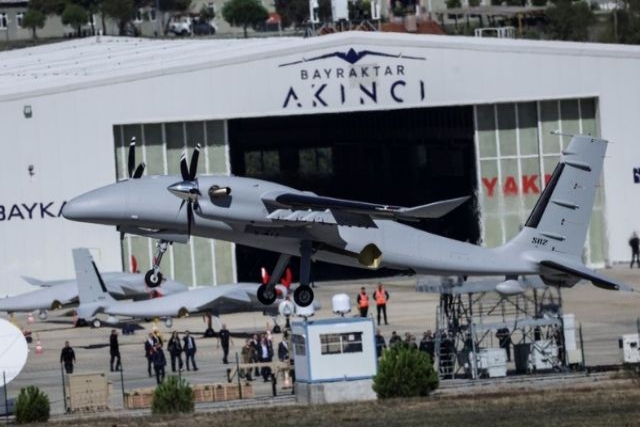Lockheed Martin MUOS-5 Satellite Deploys Solar Arrays, Antennas To Orbit

Lockheed Martin built fifth Mobile User Objective System (MUOS) satellite has reached orbit, deploying its solar arrays and antennas.
The satellite system, which is built for US navy, is beginning pre-operational, on-orbit testing, the company announced today.
Originally launched from Cape Canaveral Air Force Station on June 24, MUOS-5 experienced an anomaly with its orbit raising propulsion system on its way to geosynchronous orbit on June 29. Out of caution, the Navy and Lockheed Martin engineering team immediately placed the satellite in a safe mode in transfer orbit as they investigated and examined their options.
"In the end, the Navy and Lockheed Martin engineering team were able to isolate the issue and develop work-around using alternative propulsion," said Mark Woempner, director of Narrowband Communications Systems at Lockheed Martin.
"Once we had a plan together, in early October we carefully re-started orbit raising maneuvers." He added.
MUOS-5 completed orbit rising on Oct. 22, and deployed its solar arrays for power generation and its antennas for mission operations on Oct. 30.
The satellite will begin on-orbit testing before being supplied to the Navy for further testing and eventual commissioning into service.
For the Navy, MUOS-5 completes a network of orbiting satellites and relay ground stations that is revolutionizing secure communications for mobile military forces.
Users with MUOS-capable terminals will be able to continuously connect beyond line-of-sight around the world and into the Global Information Grid, as well as into the Defense Switched Network.
MUOS' capabilities include simultaneous, crystal-clear voice, video and mission data over a secure high-speed Internet Protocol-based system.
The MUOS network provides near-global coverage, including communications reach deep into Polar Regions. Once fully operational, the network will provide users with 16 times more communications capacity than the legacy system it will eventually replace.













